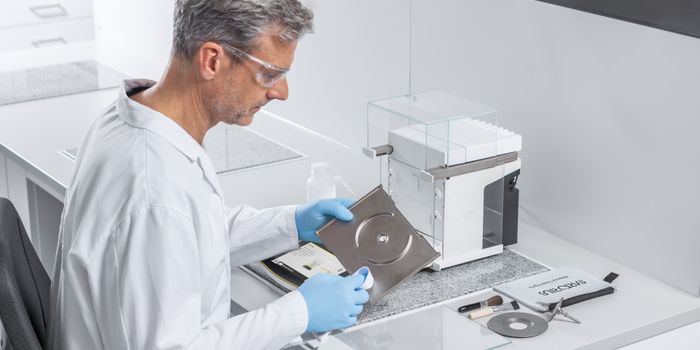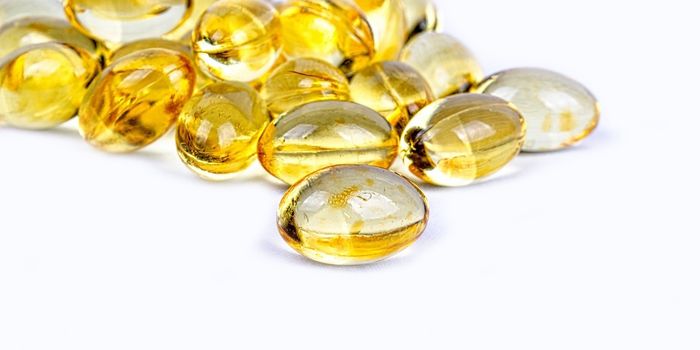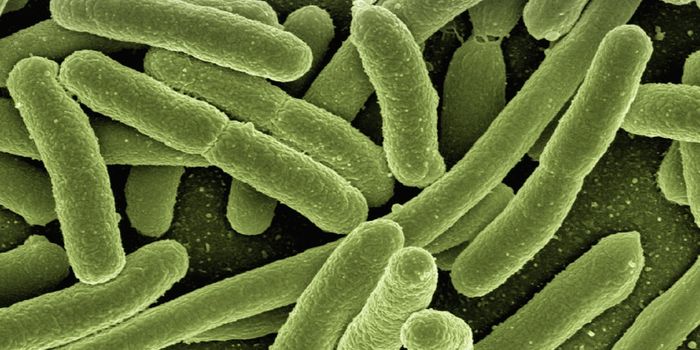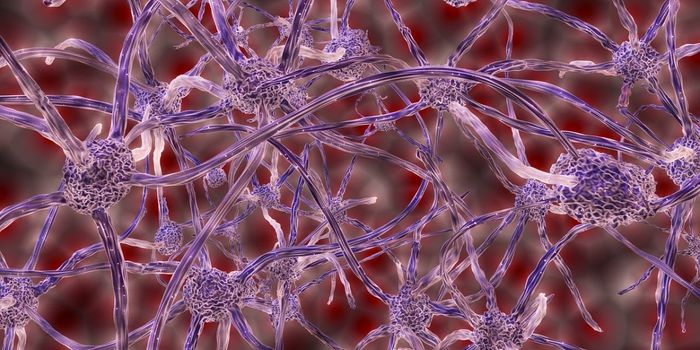A Promising New Chemical Compound to Treat Autoimmune Diseases like Multiple sclerosis and Rheumatoid Arthritis
Mice diagnosed with neuroinflammation from autoimmunity recieved PEP treatment, and the researchers observed the PEP-treated mice demonstrated improved signs of recovery, in comparison to mice that did not receieve PEP treament. (Credit: Tsung-Yen Huang (OIST))
A team of researchers from the Okinawa Institute of Science and Technology (OIST) have developed a new chemical compound that could be used to treat a variety of autoimmune diseases, including rheumatoid arthritis and multiple sclerosis. While our immune system is responsible for fighting off infections, autoimmune diseases do the opposite by attacking healthy cells, with millions of people around the world suffering from a variety of autoimmune diseases. For example, rheumatoid arthritis produces excessive joint pain, while multiple sclerosis can disable the appropriate operation of a person’s brain and spinal cord.
“The key to the development of autoimmune diseases, and thus the way to inhibit this development, lies in our cells, but the underlying mechanism has always been unclear,” said Dr. Hiroki Ishikawa, who leads the Immune Signal Unit at OIST, and is a co-author on the study. “Now, our recent research has shed light on a compound that could suppress the development of these diseases.”
For the study, the researchers examined what are known as T helper 17 cells (Th17 cells), which comprise a cell group that make up large portions of the our immune system. When functioning properly, these cells are responsible for fighting off infections and largely reside in our guts. However, when they become overactivated, they have the opposite function, resulting in attacking healthy tissue after mistaking them for an outside pathogen or infection.
The metabolic process known as glycolysis is needed to support the metabolic requirements for cells such as Th17, with glycolysis being the process that breaks down glycose and converts it into energy for all cells.
“What’s interesting in that excessive glycolysis seems to suppress Th17 cell activity,” said Tsung-Yen Huang, who is a PhD candidate in the Immune Signal Unit, and lead author of the study. “So, we hypothesized that molecules produced during glycolysis may inhibit the cells.”
The researchers chose the chemical compound, phosphoenolpyruvate (PEP), as a treatment for preventing inflammation in Th17 cells by blocking the activity of the protein, JunB. PEP is the metabolic result of when energy is created after glucose is broken down and is produced throughout our bodies every day, and JunB is required for Th17 cells to mature.
Once their understanding of the chemical process was improved, the researchers treated mice with PEP who were diagnosed with a multiple sclerosis-related disease known as neuroinflammation, which is a result of autoimmunity. When the mice exhibited positive signs of recovery, the researchers filed a patent in hopes of continuing their research.
“Our results show the clinical potential of PEP,” explained Mr. Huang. “But first we need to increase its efficiency.”
In previous studies involving the development of treatments for autoimmune diseases, researchers focused on the inhibition of glycolysis, but were fearful of notable side-effects since glycolysis is crucial for how our cells function daily. With this new research, treatment using PEP holds the potential to be used without triggering such side-effects.
Sources: Cell Reports, OIST, OIST(1)
As always, keep doing science & keep looking up!









